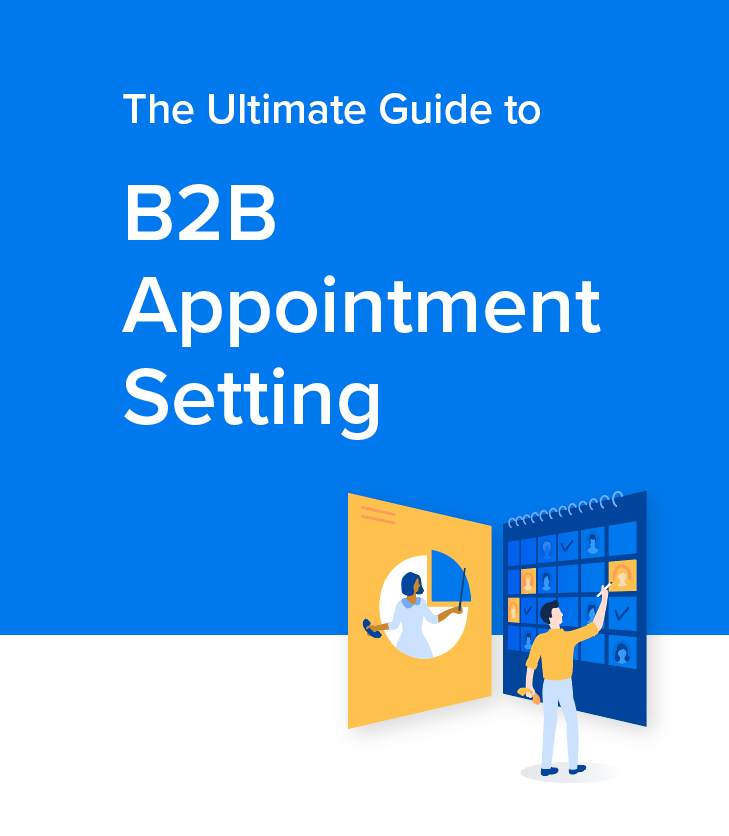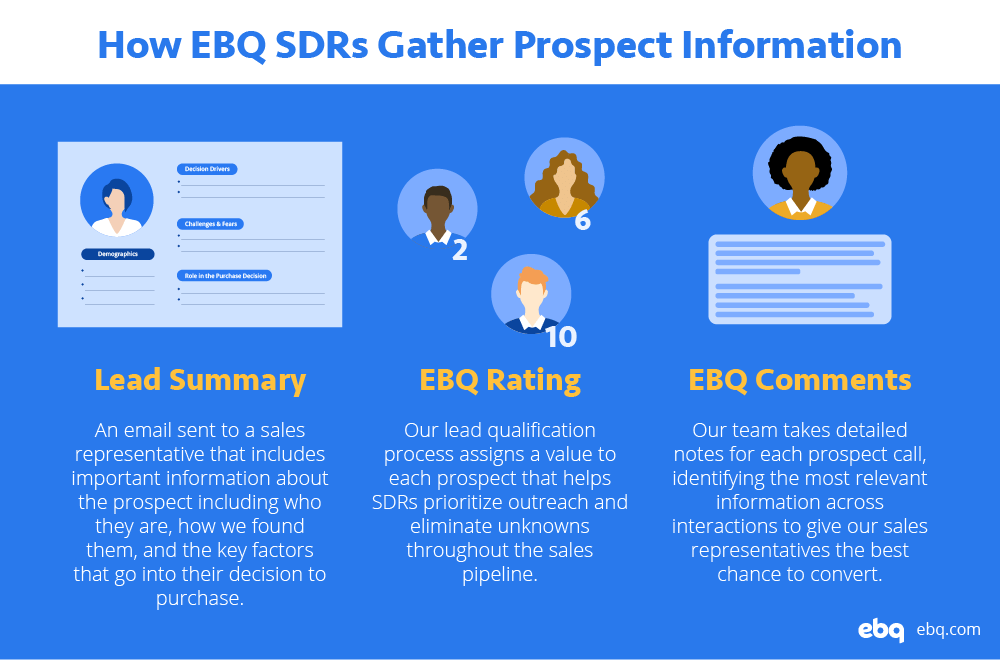Connect with a Consultant
Fill out your information with the form provided and one of our team members will reach out to you shortly.

This post was originally published in August 2018 and has been updated for accuracy and comprehensiveness.
Breaking into a new market can be a challenge for any business. While it represents a great new sales opportunity, a lack of market data can cause you to get lost in analysis and theory. Market validation is the process of determining whether a customer segment will value and adopt a business offering — which is key to a successful sales strategy.
Entering a new market is like testing a hypothesis: will this new market accept our product? One of the most proven ways to validate a market is by utilizing a team of Sales Development Representatives, or SDRs. SDRs offer a unique approach to market validation, allowing for specialized market research without high cost.
With a sales development-based approach, your organization can improve your messaging and define your audience with the help of real-time market data. This blog will discuss the benefits of using sales development representatives for market validation, as well as the steps to validating your new market.

Learn what it takes to identify prospects, get in touch with decision-makers, and set more meetings for your sales reps.
In any sales organization, the SDRs are the front line. Their job is to investigate and nurture potential leads, making cold calls and setting sales appointments to ensure a streamlined and low-friction sales process.
Along the way, SDRs gather valuable information for their sales team like attitudes, values, and common obstacles. These are great for validating a new market, or ensuring that your product is a good fit for a new market. It also helps to build a buyer persona. Even if they do not succeed in setting an appointment, SDRs can help you understand why customers do not resonate with a product or message, allowing you to adjust your sales approach accordingly.


Organized and accurate data is the backbone of a successful sales strategy. To get started in your new market, you’ll want to create a new customer database focused on your target market. You won’t need to start from scratch; you can use your existing market knowledge and customer databases to identify the nuances of your new target market.
For instance, say a software company that designs client management technology for banks and credit unions wants to expand into the medical industry. These are two very unique industries, with key differences in buyer personas and pain points facing decision-makers. Creating a customer database will help this company identify similarities in the two markets, providing SDRs with a foundation on which to build a solid appointment-setting strategy.
Remember, one of the pitfalls of entering a new market is getting caught up in theory and analysis. Instead of projecting your performance, start talking to prospects in your new market. Direct conversations with prospects are the most effective way to see if your message will be received and if your product can solve common pain points within the market.
Prospect insights will allow your SDR team to refine their message and, if necessary, adjust their buyer persona. Here are a few ways to gather these consumer insights:

As with all sales strategies, it is essential to step back and evaluate your results at every turn. Every call is an opportunity to gain feedback on your approach and make changes to your buyer persona.
Even a carefully crafted value proposition can fall flat during a call, and sometimes you won’t get much more than a “not interested” before your prospect hangs up the phone. If you find yourself in this position, you may need to update your database with more accurate information or even pivot your strategy altogether. If your data is clean and accurate but you still have trouble setting appointments, it might be worthwhile to collect more information via surveys and interviews to create a new value proposition.
At EBQ, we have created a short feedback loop to allow for process improvement. Our sales development team conducts biweekly continuous improvement meetings (CIMs) with existing clients to ensure our data is accurate and our message is resonating with prospects. Our SDRs also engage with each other to share insights and improve appointment-setting approaches.

Learn what it takes to identify prospects, get in touch with decision-makers, and set more meetings for your sales reps.
While there are many different approaches to market validation, sales development outreach has consistently proven to be an effective, low-cost solution to understanding how your product will be received in a new market. With over a decade of sales development experience, EBQ is the perfect choice for your outsourced SDR team.
Fill out your information with the form provided and one of our team members will reach out to you shortly.
6800 Burleson Road
Building 310, Suite 265
Austin, TX 78744
©EBQ 2023 All rights reserved.
Tell us about yourself and we’ll get in touch shortly.
